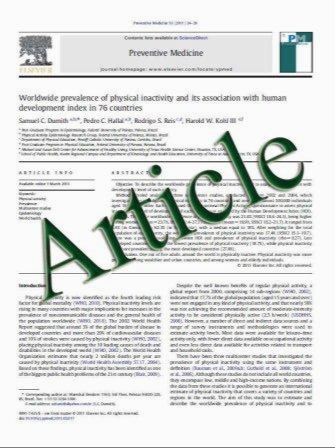Targeting mutant p53 protein and the tumor vasculature: an effective combination therapy for advanced breast tumors
- نوع فایل : کتاب
- زبان : انگلیسی
- مؤلف : Yayun Liang Cynthia Besch-Williford Indira Benakanakere Philip E. Thorpe Salman M. Hyder
- چاپ و سال / کشور: 2010
Description
Breast cancer progression depends upon the elaboration of a vasculature sufficient for the nourishment of the developing tumor. Breast tumor cells frequently contain a mutant form of p53 (mtp53), a protein which promotes their survival. The aim of this study was to determine whether combination therapy targeting mtp53 and anionic phospholipids (AP) on tumor blood vessels might be an effective therapeutic strategy for suppressing advanced breast cancer. We examined the therapeutic effects, singly, or in combination, of p53 reactivation and induction of massive apoptosis (PRIMA-1), which reactivates mtp53 and induces tumor cell apoptosis, and 2aG4, a monoclonal antibody that disrupts tumor vasculature by targeting AP on the surface of tumor endothelial cells and causes antibody-dependent destruction of tumor blood vessels, leading to ischemia and tumor cell death. Xenografts from two tumor cell lines containing mtp53, BT-474 and HCC-1428, were grown in nude mice to provide models of advanced breast tumors. After treatment with PRIMA-1 and/or 2aG4, regressing tumors were analyzed for vascular endothelial growth factor (VEGF) expression, blood vessel loss, and apoptotic markers. Individual drug treatment led to partial suppression of breast cancer progression. In contrast, combined treatment with PRIMA-1 and 2aG4 was extremely effective in suppressing tumor growth in both models and completely eradicated approximately 30% of tumors in the BT-474 model. Importantly, no toxic effects were observed in any treatment group. Mechanistic studies determined that PRIMA-1 reactivated mtp53 and also exposed AP on the surface of tumor cells as determined by enhanced 2aG4 binding. Combination treatment led to significant induction of tumor cell apoptosis, loss of VEGF expression, as well as destruction of tumor blood vessels. Furthermore, combination treatment severely disrupted tumor blood vessel perfusion in both tumor models. The observed in vitro PRIMA-1-induced exposure of tumor epithelial cell AP might provide a target for 2aG4 and contribute to the increased effectiveness of such combination therapy in vivo. We conclude that the combined targeting of mtp53 and the tumor vasculature is a novel effective strategy for combating advanced breast tumors.
Breast Cancer Res Treat (2011) 125:407–420 Received: 4 February 2010 / Accepted: 13 March 2010 / Published online: 27 March 2010 Springer Science+Business Media, LLC. 2010


